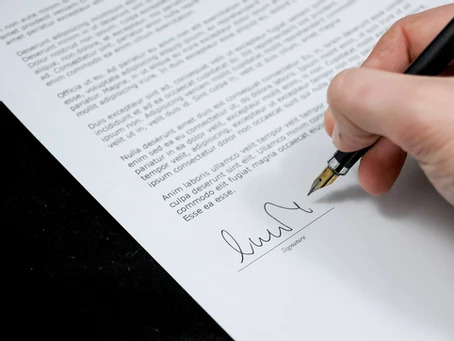This is post, as with many others here, is meant to simply give you an overview so that you can establish a firm foundation and build upon it as you get closer to the CFP® exam date. When studying for the CFP® exam, it’s all too easy to get bogged down in details, but when you approach a difficult subject from the top down, you’ll have a better chance of connecting the dots.
Always keep in mind that the name of the game in estate planning is to pass assets from one person to another in the most taxpayer-friendly way possible. Even if you don’t have a background in estate planning, you can score very well on this part of the Certified Financial Planner™ exam by just mastering a few fundamentals. Of course, it’s also important to understand not only what the CFP® Board is asking on exam questions, but why and how they’re asking.
One topic which serves up plenty of frustration is the Crummey provision. A lot of your frustration, however, can be alleviated if you continually refer back to the essence of estate planning, which is passing assets from one person to another at the lowest possible tax cost. There are many ways to do so and using a Crummey trust is one of them.
As for the Crummey trust, there are a few basic things about estate planning that you absolutely need to know, otherwise you won’t score well on this portion of the exam.
- You have to know the difference between present interest and future gifts
- You have to know the gift tax implications of making a present interest gift versus a future interest gift
- You have to know there are sections of the Internal Revenue Code that allow a donor to transform gifts of a future interest into gifts of a present interest, even though in reality, the gift actually is of the future interest variety. Think tax code loopholes here.
For example, as it relates to point #3 above, when somebody makes a gift to a minor, the minor can’t take control of that asset until he or she turns 18. So, when grandpa gives $15,000 to junior, who is only 10 years old, junior has to wait until age 18 to take control of the funds. It’s very clear that grandpa has made a future interest gift in this example since junior can’t enjoy the gift until a later time. However, sections 2503(b) and 2503(c) of the Code allow grandpa to treat that future interest gift, for gift tax reporting purposes, as a gift of a present interest. Since the gift, although technically one of a future interest, is now considered a present interest gift, grandpa can avoid potential gift tax consequences since he’s allowed to give a tax-free gift to anyone of up to $15,000. In studying for the exam, you’ll have to know what rules need to be followed for this to happen, and I will outline them in a future post.
As for a Crummey trust, as long as the donor follows some rules, it allows a gift, which is technically a future interest gift to be treated as if it’s a present interest. What’s happening when a gift if given via a Crummey trust is the beneficiary or beneficiaries of the gift, e.g. the taxpayer’s children, are given a short window of time to withdraw the current year’s gift from the trust. This window may only be open for 30-90 days or so, and for the exam the number of days is irrelevant, but you have to recognize that allowing the beneficiaries to access the gift turns a future interest gift into one of a present interest. This benefits the donor greatly because now he can use the annual gift tax exclusion of $15,000 to avoid potential gift tax consequences. What are the consequences if the annual gift tax exclusion is not able to be used? The donor either has to use up some of his lifetime exemption amount or pay a gift tax on the amount given to the beneficiary or beneficiaries.
Since this is just an overview, I’ll conclude with a basic example involving one donor and one beneficiary of a trust. Let’s say Dad wants to ensure Sonny will be taken care of financially should Dad pass away prematurely, and he figures the best way to leave Sonny a lot of money is to buy a life insurance policy. Dad can set up a Crummy trust, gift $15,000 to the trust and instruct the trustee to pay the premiums on a policy (assume the premiums are $15,000 a year for 10 years with a death benefit of $10,000,000).v Of course, Dad can just pay $15,000 a year directly to the insurance company and name himself as the owner, but that would create some potential estate tax consequences down the road. Also, Dad may want to control Sonny’s use of the policy proceeds from “beyond the grave.” But sticking to the basics, if Dad funds the Crummey trust annually with $15,000 and notifies Sonny that he can take the $15,000 out within 30 days of making the gift, then Dad has turned a future interest gift into a present interest gift via the Crummey provision in the trust. Now, Sonny needs to understand that it’s in his best interest not to take the annual gift out because once the 30-day window closes, the trustee will turn around and pay the premium on the $10,000,000 policy that he is guaranteed to receive when Dad passes away.
When Crummey trust questions pop up on the Certified Financial Planner™ exam, you’ll have to keep a handful of things in mind, but hopefully this post will give you the fundamental understanding of a topic that has the potential of getting the best of you. As usual, don’t worry too much, and keep building on the basics. It will all come together.

